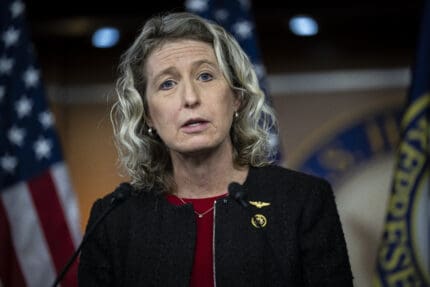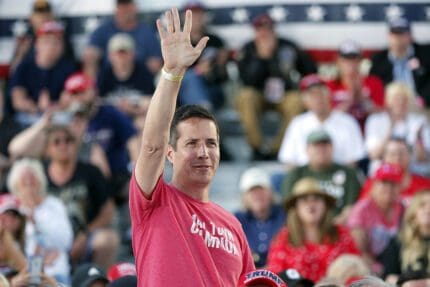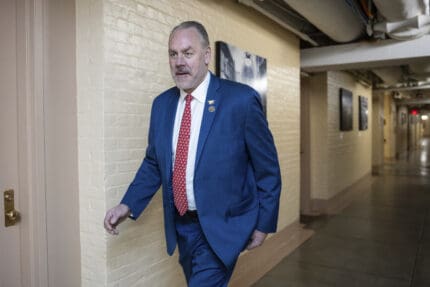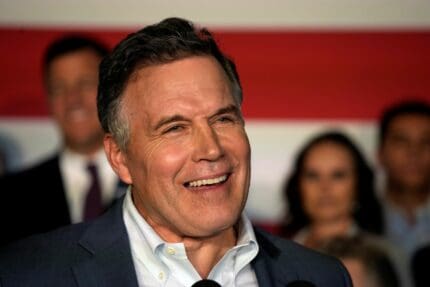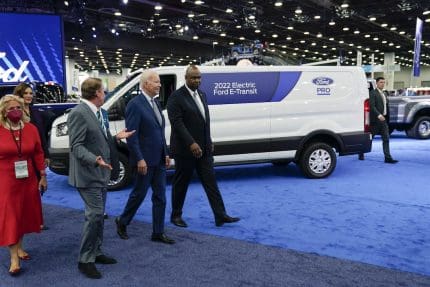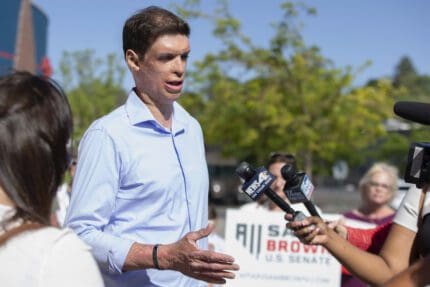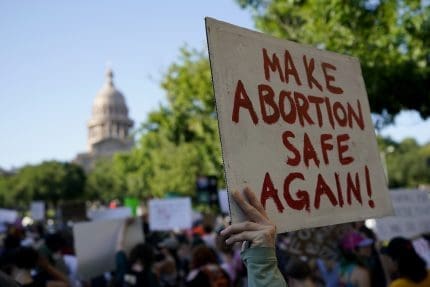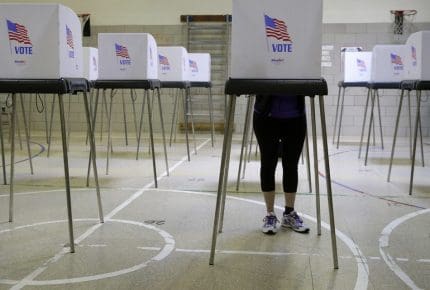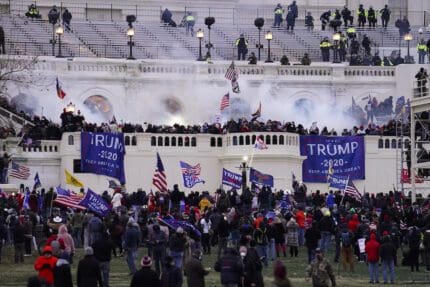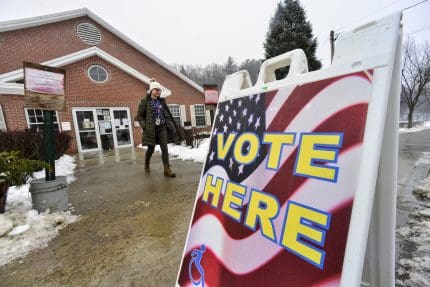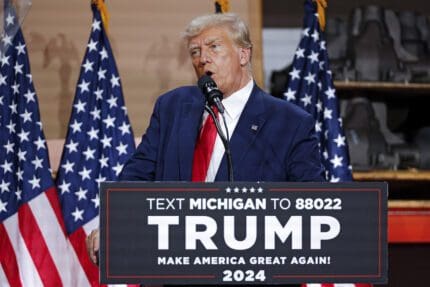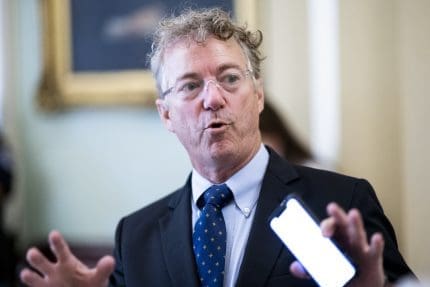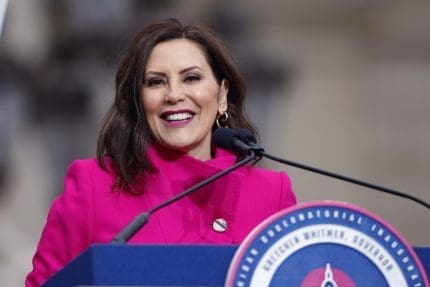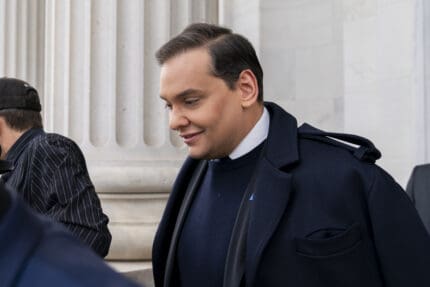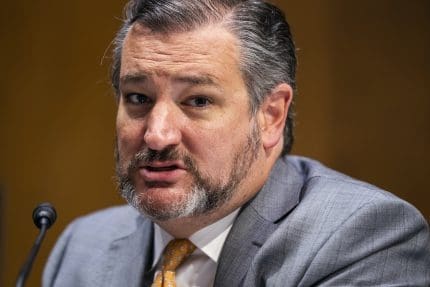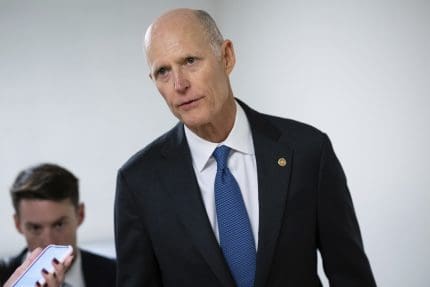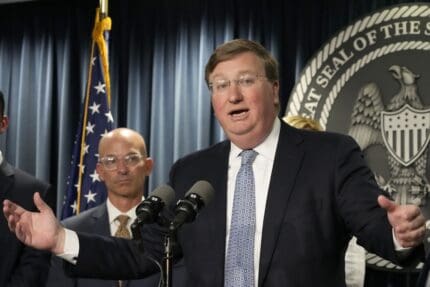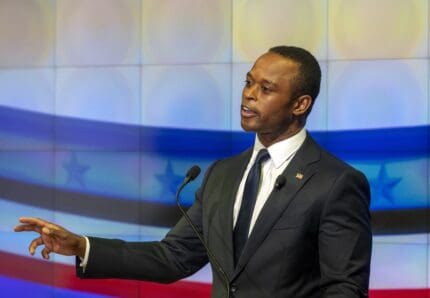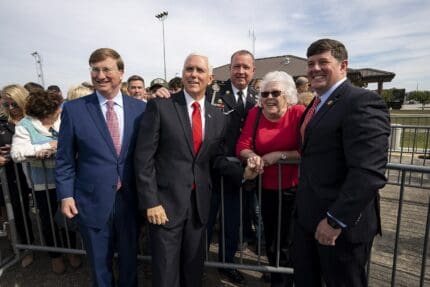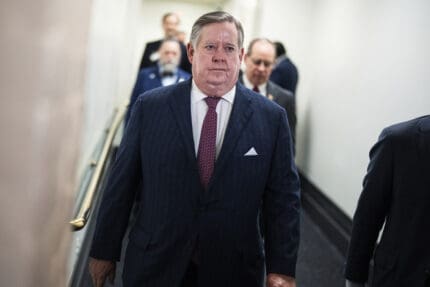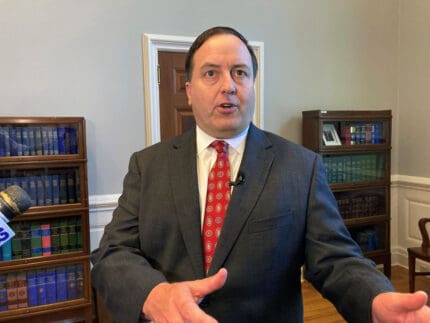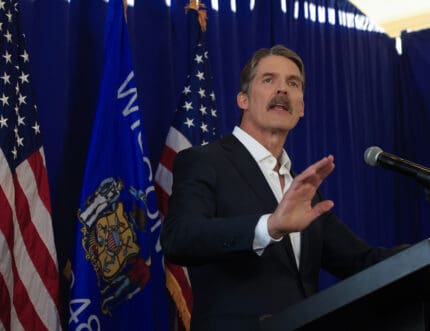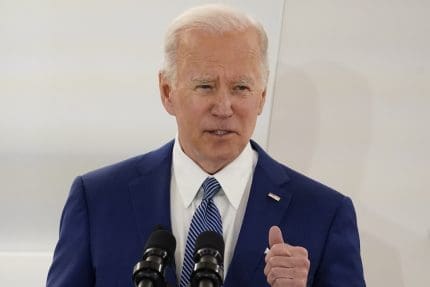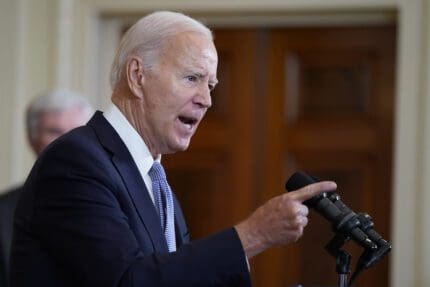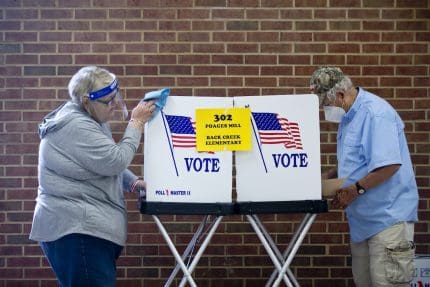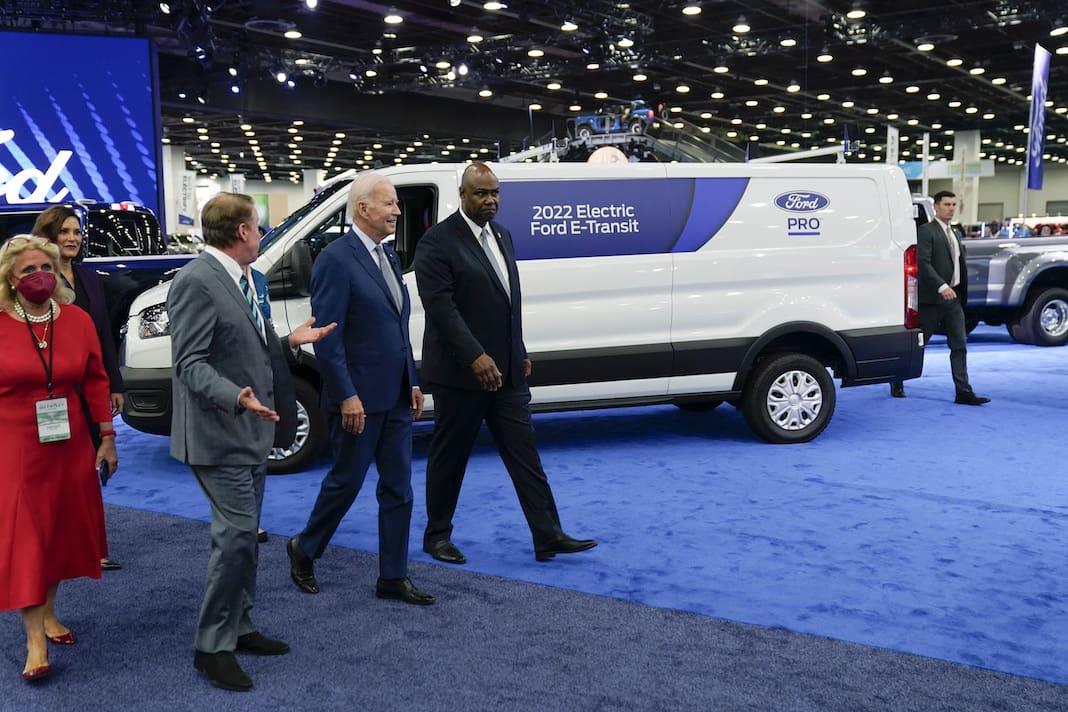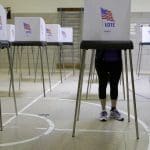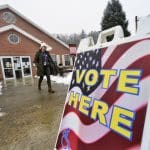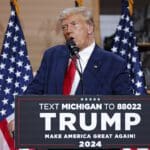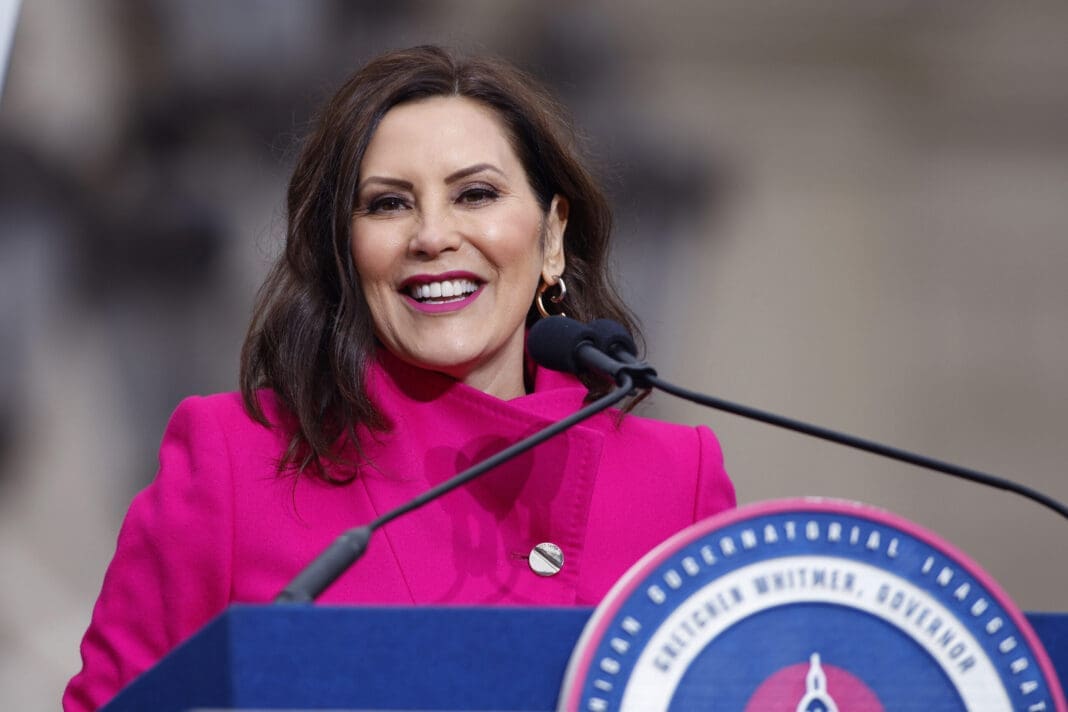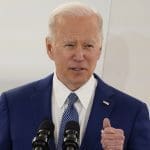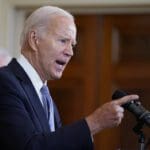Kansas City Chiefs finally heed call to ban racist symbols at games
The changes in Kansas City came after several professional franchises, including the Cleveland Indians in Major League Baseball, have been pushed to drop racist imagery.
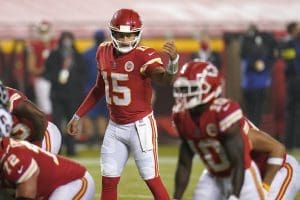
The roughly 17,000 fans of the Kansas City Chiefs who filed into Arrowhead Stadium for a masked and socially distanced start to the NFL season Thursday found themselves thrust into the middle of the nationwide discussion about social injustice.
The Super Bowl champions had already prohibited fans from wearing headdresses or war paint amid a push for more cultural sensitivity. And along with the NFL, the Chiefs had planned a series of videos and other on-field demonstrations in the lead-up to the NFL season that were designed to highlight systemic racism and social injustice.
But it was the response by some fans during the national anthem that lit up social media as the game played out.
The Houston Texans remained in the locker room during the anthem, and fans booed them when they emerged from the tunnel at its conclusion. The booing continued as the two teams walked to midfield and shook hands, their interlocked arms stretched from one end zone to the other during what was supposed to be a moment of silence.
“The moment of unity I personally thought was good. The booing was unfortunate in that moment,” Texans defensive end J.J. Watt said after the Chiefs emerged with a 34-20 victory. “I don’t fully understand that. There was no flag involved, there was nothing involved with that besides two teams coming together to show unity.”
Nationwide calls to address racial issues have become more prevalent since George Floyd died May 25 after a white Minneapolis police officer pressed his knee into the handcuffed Black man’s neck for nearly eight minutes during an arrest. Four officers were fired and have been charged in Floyd’s death, and protests have continued to grip the nation.
Players from both teams discussed how they would handle pregame in the weeks leading up to the opener. The Chiefs chose to stay on the field for the national anthem, while the Texans decided to remain in the locker room.
“We had a few player meetings and let everybody know that we had their back,” Chiefs tight end Travis Kelce said. “You know, you can go ahead and whatever you feel is the right decision in your heart, you have your brother’s back, and you have your brother’s support on this team. We made sure everybody was comfortable in that area.”
Still, the booing by some fans became the dominant story line on social media as the game played out.
“I didn’t really hear the booing. I didn’t notice that,” Texans coach Bill O’Brien said. “I just I thought that that was a nice thing to do. So I’m not sure why they would do that. Maybe they were just booing us because we had just come on the field as the visiting team. But yeah, I thought that that was a very nice gesture.”
Meanwhile, the move to rein in Native American imagery by the Chiefs has been seen as a good first step, but it also has frustrated some of the franchise’s longtime fans, including some who were in the stands as the team became the first to take the field in front of a crowd — albeit a smaller than normal one — during the coronavirus pandemic.
“I think it’s a little overboard, but I mean, we’ve got to listen to the rules,” said Kory Noe, who owns a car lot in Stafford, Missouri. “I’m a big fan of the tomahawk chop. It’s just been the Chiefs’ signature song since they started and it’s going to be hard not to do it if they take it away.”
In fact, the Chiefs are pushing a subtle change to the tomahawk chop celebration amid complaints that it’s racist. The plan is for cheerleaders to use a closed fist instead of an open palm to signal the beating of a drum. The team typically has a celebrity or other guest of honor beat a large drum before the start of the game.
“We’ve started to work and started some discussions about trying again to educate and make people aware of the sacred position of the drum in the American Indian culture, but also that it’s seen as sort of the heartbeat of that culture,” Chiefs president Mark Donovan said “It’s easy to latch onto that, say, ‘OK, it’s kind of the heartbeat of the stadium, too.'”
The changes in Kansas City came after several professional franchises, including the Cleveland Indians in Major League Baseball, have been pushed to drop racist imagery. The biggest victory for supporters of Native Americans may have come before the start of the football season, when the Washington franchise dropped Redskins as its nickname.
“I see where the problem is with having (a headdress) and doing the face paint and everything, because you’re not a part of their culture,” said Jackson Allen, a 24-year-old sales rep from Springfield, Missouri. “It’s offensive. I can see the problem.”
The Chiefs have worked with tribes for the past six years to distance themselves from imagery that could be considered racist. Each season, a game is dedicated to Native American heritage.
Students at nearby Haskell Indian Nations University in Lawrence, Kansas, were among those who demanded changes.
“Using this mascot and having this fan base of predominantly white people wearing face paint and headdresses and doing the tomahawk chop, and it energizes them and gives them this sense of power, and then thinking there is nothing wrong with doing that is just mind-boggling to me,” said William Wilkinson, a 22-year-old business major from Madison, Wisconsin, who is Navajo, Cherokee, Mandan, Hidatsa, and Arikara.
Wilkinson also said the Chiefs should change their nickname, although the franchise has maintained for years that it is named in honor of H. Roe Bartle. The philanthropist and two-term Kansas City mayor, whose nickname was “Chief,” was instrumental in helping to relocate the team from Dallas.
Ty Rowton, a self-described superfan who goes to games as the X-Factor, often attends with a foam Arrowhead on his head, beads, and a cape signed by players. But he has made one change to his costume: Instead of face paint, Rowton affixed duct tape with Bible verses to his face.
He thinks the team’s changes are an overreaction and that the Chiefs should keep the tomahawk chop, calling it “something that gets us riled up together and that we do as one. It has never been meant to be disrespectful.”
Gaylene Crouser, executive director of the Kansas City Indian Center, said it’s wrong to use “a race of people as a mascot.”
“It has always been swept under the rug,” she said, “but because the Washington team was leaned on so hard that they made the change, now some of the other ones are starting to feel the heat. I hope this is the beginning of the end of this acceptable racism.”
Recommended

New NC GOP chair flirts with bogus stolen election conspiracies
Simmons predecessor was a staunch 2020 election denier
By Jesse Valentine - April 19, 2024
Texas activists pushed abortion restrictions in NM cities and counties, records show
Emails reveal influence and control in exchange for promises of legal help
By Austin Fisher, Source NM - March 04, 2024
Cannabis workers across Missouri begin push to unionize dispensaries
The first day was a breeze. Sean Shannon and Danny Foster walked into several marijuana dispensaries around Missouri with their matching “Union For Cannabis Workers” shirts and talked to employees about the possibility of unionizing. “The first day, there were 57 stops amongst the teams,” said Shannon, lead organizer with UFCW Local 655, which actually […]
By Rebecca Rivas - December 04, 2023











